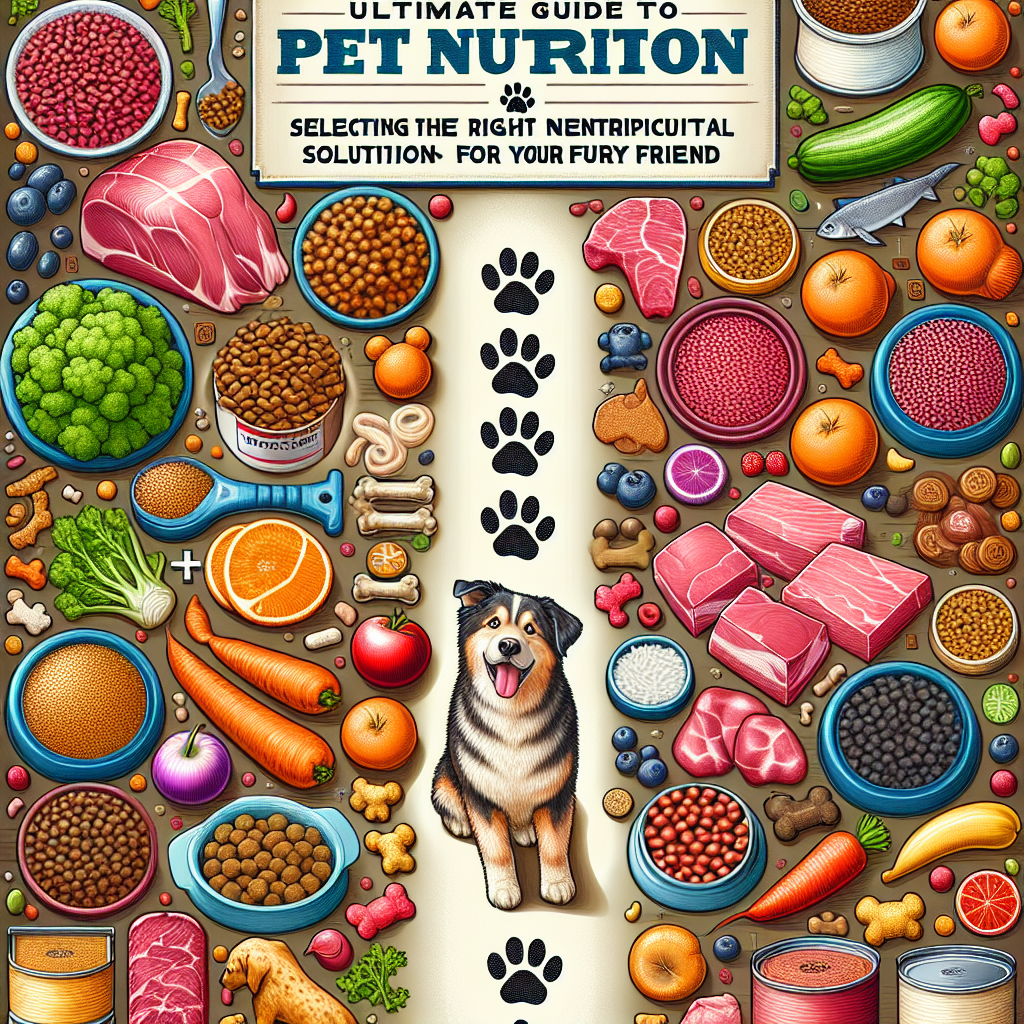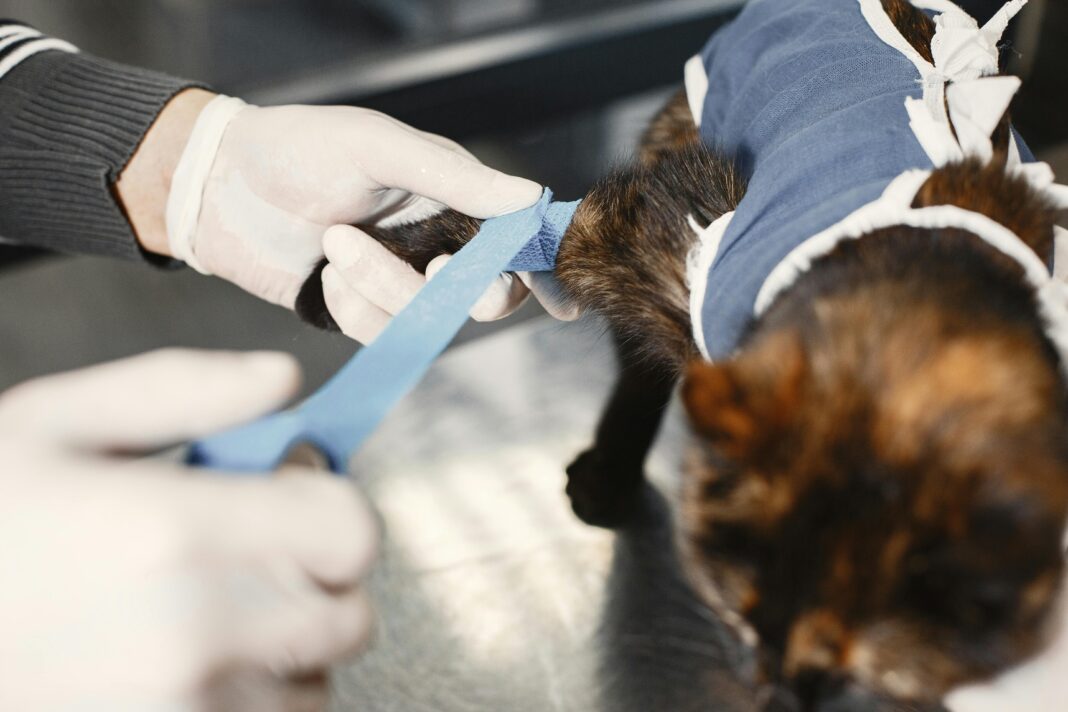When it comes to your pet’s health, nutrition plays a crucial role. Prescription pet diets are specially formulated to address specific health issues, making them an essential topic for pet owners. In this guide, we’ll delve into what prescription diets are, when they are necessary, and how to select the best one for your furry friend.
Understanding Prescription Pet Diets
What Are Prescription Pet Diets?
Prescription pet diets are specialized food formulated to treat certain medical conditions in pets. Unlike standard pet food, these diets are often restricted in terms of ingredients and are designed to provide specific nutrients in precise amounts. Your veterinarian may recommend a prescription diet for your pet if they have health issues such as obesity, diabetes, or kidney disease.
Key Characteristics
Prescription diets typically contain:
- Balanced Nutrition: Tailored to meet specific dietary needs.
- Limited Ingredients: Fewer sources of protein or carbohydrates to minimize allergies.
- Enhanced Nutritional Content: Increased levels of certain nutrients for therapeutic benefits.
When Are Prescription Diets Necessary?
Common Conditions Requiring Special Diets
Several health issues may necessitate a prescription diet:
- Obesity: Weight management formulas can help your pet lose weight safely.
- Diabetes: Prescription diets control blood sugar levels and manage weight.
- Kidney Disease: Reduced protein and phosphorus levels help in managing kidney function.
- Food Allergies: Novel protein diets eliminate common allergens.
Identifying the Need
Consider the following signs that might indicate your pet requires a specialized diet:
- Excessive weight loss or gain.
- Frequent vomiting or diarrhea.
- Itchy skin or ear infections.
- Increased thirst or urination.
Consult your veterinarian to discuss any concerning symptoms.
Diagnosis and Recommendations
Veterinary Consultation
Before initiating any dietary changes, scheduling an appointment with your veterinarian is essential. They may perform:
- Blood Tests: To check for underlying health conditions.
- Urinalysis: To assess kidney function and other metabolic health indicators.
- Physical Examination: To evaluate weight, coat condition, and overall health.
Developing a Diet Plan
Based on the diagnosis, your vet may recommend a specific prescription diet. It’s important to:
- Seek Professional Guidance: Always follow your vet’s recommendations.
- Assess the Ingredients: Know what you’re feeding your pet and be aware of any allergens.
- Consider Your Pet’s Preferences: Pets can be picky, so finding a diet they enjoy is key.
Choosing the Right Prescription Diet
Types of Prescription Diets
Each condition has tailored diets. Here are a few examples:
-
Weight Management: Formulated to help pets lose weight and maintain a healthy weight through controlled calorie intake.
-
Skin and Food Sensitivities: Specially designed with limited ingredients to address allergies and sensitivities.
- Renal Support: Lower in protein and phosphorus to support kidney function, reducing strain on the kidneys.
Factors to Consider
When selecting a prescription diet, consider:
- Your Pet’s Age: Puppies, adults, and seniors have different nutritional needs.
- Flavor Preference: Try different flavors within the prescription line to see what your pet enjoys.
- Feeding Instructions: Adhere closely to portion recommendations to avoid overfeeding.
Implementation and Monitoring
Transitioning to a Prescription Diet
Gradually introduce the new diet over a week:
-
Mix the New with the Old: Start with a small amount of the new diet mixed into the old food, gradually increasing the new diet while decreasing the old.
- Monitor Your Pet’s Response: Keep an eye on any changes in digestion and energy levels.
Regular Check-ups
Schedule follow-up appointments with your veterinarian to:
- Monitor Weight: Adjust portions based on your pet’s progress.
- Evaluate Health: Regular blood tests can help track improvements or identify any concerns early.
Practical Tips for Pet Owners
Read Labels Carefully
Understanding the nutritional information and ingredients on pet food packaging is essential. This ensures that you’re aware of what your pet is consuming.
Purchase from Reputable Sources
Buy prescription diets from trusted veterinary clinics or licensed pet stores to ensure the quality and authenticity of the food.
Maintain a Consistent Feeding Routine
Regular feeding times help regulate your pet’s metabolism and establish a routine that promotes well-being.
Engage in Regular Exercise
Complement a specialized diet with regular physical activity to enhance your pet’s overall health and happiness.
Keep Hydration in Mind
Ensure your pet has access to fresh water at all times, which is especially important when on a prescription diet.
Conclusion
Selecting the right prescription pet diet is a critical step in managing your pet’s health. By understanding your pet’s unique needs and working closely with your veterinarian, you can make informed decisions that promote a long, healthy life for your furry friend. Remember, the right diet combined with regular care can make all the difference in your pet’s well-being!





